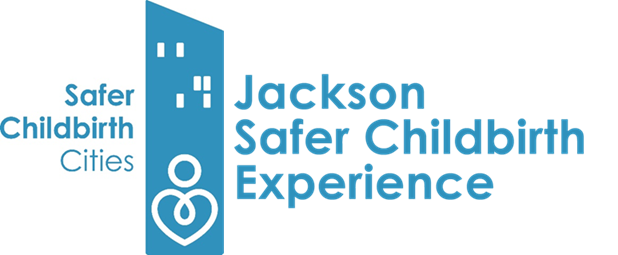Resources for Clinicians
Thank you for your willingness to participate in improving perinatal quality and safety in Jackson. We look forward to partnering with you.
Tools for Safely Reducing Cesarean Birth Rates
ACOG-SMFM Obstetric Care Consensus #001
Safe Prevention of the Primary Cesarean Delivery (March 2014, reaffirmed 2019)
Council on Patient Safety in Women’s Health Care
Measuring and Reporting Cesarean Birth Rates
Current measure specifications for TJC’s Perinatal Care (PC) Measure Set
PC-01 (Elective Delivery)
PC-02 (Cesarean Birth)
PC-05 (Exclusive Breast Milk Feeding)
PC-06* (Unexpected Complications in Term Newborns)
*PC-06 is recommended as a balancing measure for cesarean reduction efforts.
July 1, 2020: The Joint Commission will begin publicly reporting hospitals with consistently high cesarean birth rates by using data reported by hospitals during the calendar years 2018 and 2019.
Criteria:
≥30 cases reported in both years
PC-02 rate >30% for the current year
Overall two-year average PC-02 rate >30%

Additional Resources
Safety Assessment of a Large-Scale Improvement Collaborative to Reduce Nulliparous Cesarean Delivery Rates
Mothers and neonates participating in a large-scale Supporting Vaginal Birth collaborative had no evidence of worsened birth outcomes, even in hospitals with large cesarean delivery rate reductions, supporting the safety of efforts to reduce primary cesarean delivery using ACOG and SMFM guidelines and enhanced labor support.
Vaginal Birth After Cesarean Delivery
These less-restrictive guidelines for vaginal birth after cesarean (VBAC) delivery were issued in November 2017 and updated in February 2019. The practice bulletin discusses the benefits and risks of VBAC and states that attempting a VBAC is a safe and appropriate choice for most women who have had a prior cesarean birth, including some women who have had two previous cesareans.
Approaches to Limit Intervention During Labor and Birth
Many common obstetric practices are of limited or uncertain benefit for low-risk women in spontaneous labor. OB-GYNs, in collaboration with midwives, nurses, patients, and those who support them in labor, can help women meet their goals for labor and birth by using techniques that require minimal interventions and have high rates of patient satisfaction.






